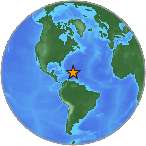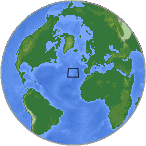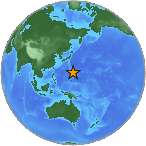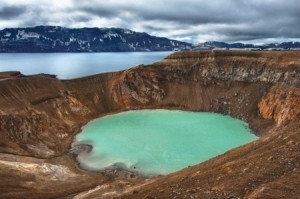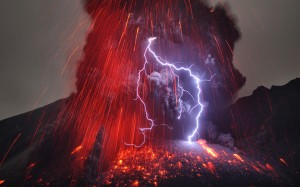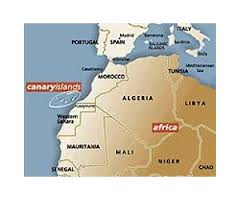
The Canary Islands is very active with both earthquake and new volcanic activity.
Just days after the Canary Islands and the volcano El Hierro experienced an increase in activity and an earthquake swarm; a 5.4 magnitude quake rocked the tiny island of la Palma outside Santa Cruz.
The earthquake’s epicenter was 13 miles (22 kilometers) deep. Before the earthquake struck early afternoon, December 27, 2013, the volcanic eruption risk for El Hierro had been raised to “yellow.” This warning means that activity is increasing at the volcano, but no eruption can be predicted.
El Hierro
The swarm of earthquakes over the past few days are indicators that magma is moving into the area and pressurizing the volcanoes. This means that the chances of a new eruption at El Hierro have become more likely.
This also means that a chance of a US East Coast tsunami is more likely.
It is impossible to say whether, and when, a new eruption will occur, but it could happen any time, and quickly. It would probably begin with a series of stronger earthquakes to open up a magma conduit. Based on the inflation and earthquake patterns, the most likely opening would be near the 2011 vent near La Restinga. In any case, La Restinga would be the village most at risk on the island.
Keep a watch on the Canaries, and let’s hope for the best as we see a new island rise from the sea.
